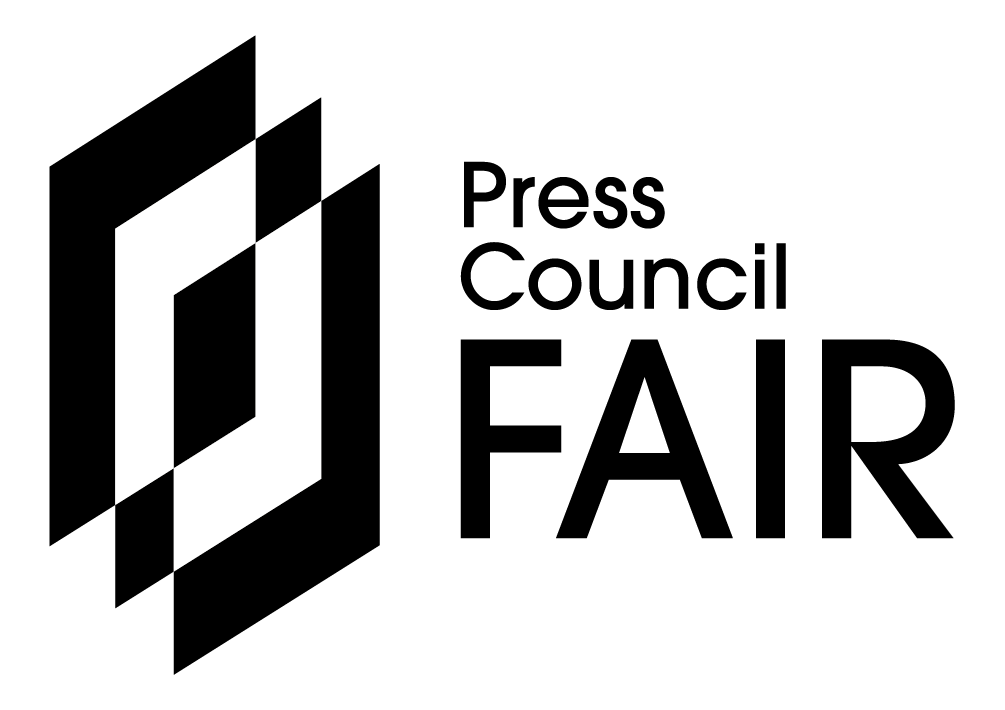Sponsored Content
BUSINESS NEWS - When it comes to buying or selling property, most people focus on the price, the location, or the paperwork. What often gets overlooked – until it causes a problem – is the issue of liens.
These hidden legal claims can delay, complicate or even derail a property transfer if not properly dealt with. So, are liens a legal time bomb, or just a manageable speed bump in the conveyancing process?
What is a lien?
What is a lien? A lien, also known as a right of retention, is an enforceable right by a creditor in respect of the property of someone else, typically as security for a debt or an obligation. With regards to conveyancing, it means someone else has a lawful claim over the property – even if the seller is the registered owner.
Liens can be statutory (created by law), judicial (arising from an order of court or judgement) or it can be contractual (based on agreement).
The types of liens that affect property transfers
There are various types of liens that affect property transfers:
- Mortgage Bonds:
Mortgage bonds are the most typical liens. They are registered in favour of a bank or lender. The bond must be cancelled during transfer if the seller still owes money. - Municipal Debt Liens:
These liens arise due to unpaid rates, taxes or utilities and it is retained by the municipality. A clearance certificate must be obtained to confirm that the municipal debts have been settled before transfer. - Builders’ or Contractors’ Liens:
In the event where building contractors haven't been paid, they can register a lien to secure their claim. This is particularly relevant in new developments or recently renovated property.
Why liens are important
Liens are an important matter in conveyancing as it creates uncertainty around ownership rights and the validity of titles. When liens are not properly addressed, issues may arise.
This may include the delay of transfers, purchasers of property may unknowingly inherit liabilities, deeds offices may refuse to register the transfer and consequently, these disputes may lead to litigation and financial loss.
In the case of City of Tshwane v Mitchell, the court considered the legality of whether municipal debts could bind new property owners. It was held that in certain limited circumstances a new owner may be held liable for a previous owner’s debts.
Although the law now requires clearance certificates, risks still linger if conveyancers aren’t vigilant.
The role of the conveyancer in managing liens
A conveyancer has a critical role in detecting, managing and clearing liens. This may include conducting proper title deed and property searches; to obtain clearance certificates from municipalities and body corporates; checking for notices and interdicts lodged at the Deeds Office; liaising with clients to cancel or settle the lien and informing buyers and sellers of potential risks and next steps.
Is it a time bomb or just a speed bump?
Whether a lien is a time bomb or just a speed bump depends on timing and transparency. If a lien is discovered late in the process, it can explode into delays, extra costs or even legal battles.
A competent conveyancer, however, will identify and address it early. It becomes a manageable part of the process – just another step in the legal checklist.
Tips for buyers and sellers
Sellers must ensure that all debts and obligations on the property are settled before marketing it. The buyer must always request a thorough report from the conveyancer and insist on up-to-date clearance documents.
The agents must ensure that they work closely with conveyancers to avoid surprises that could jeopardise deals.
Liens don’t have to be a total wreck. With proactive legal support and proper due diligence, they are more of a speed bump than a time bomb.
Still, they remind us that property law is about more than just bricks and deeds – it is about the path for a safe and secure transfer of ownership.
Bevan Wright, Candidate Attorney Bachelor of Laws (NWU)
‘We bring you the latest Garden Route, Hessequa, Karoo news’















